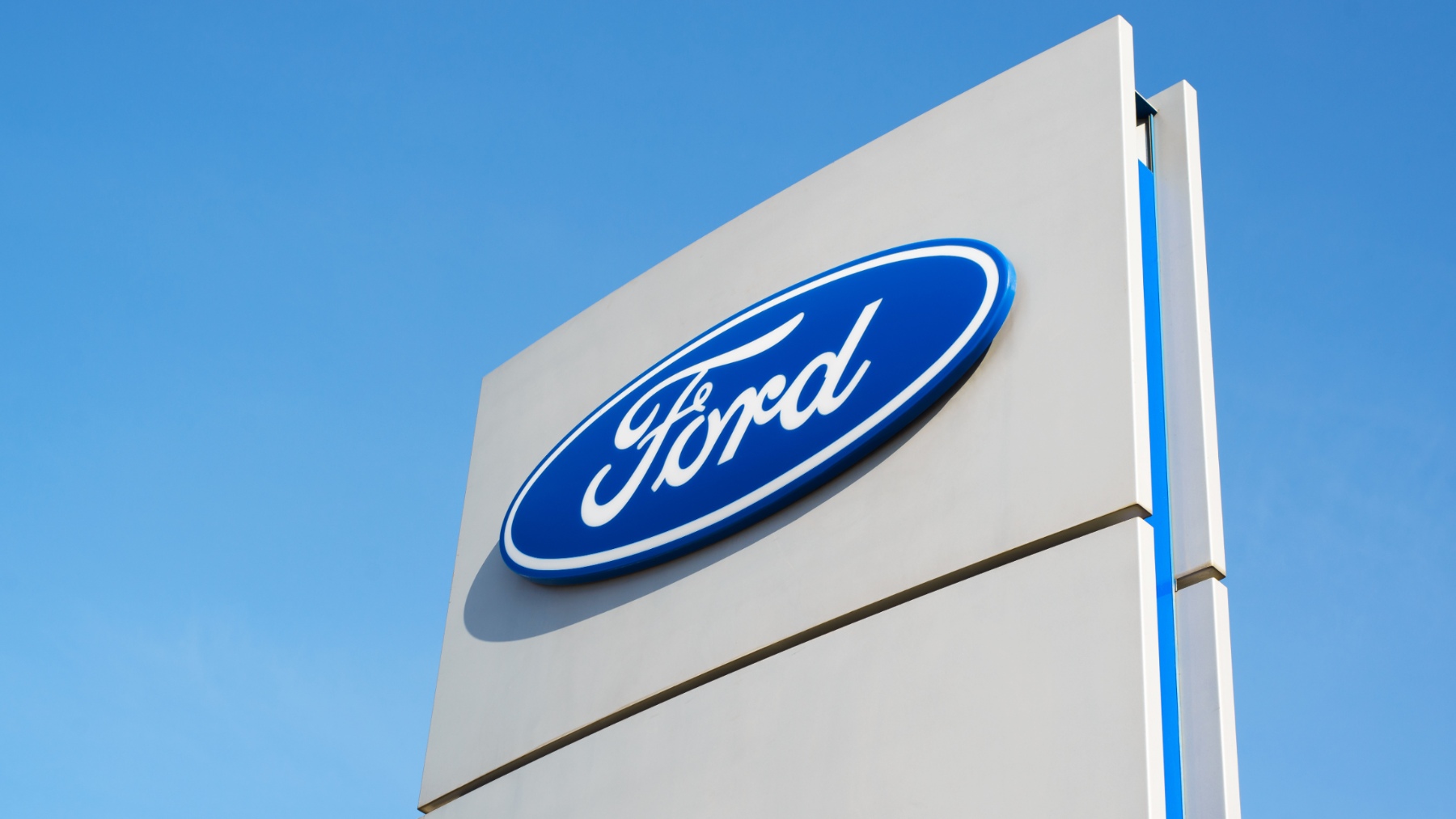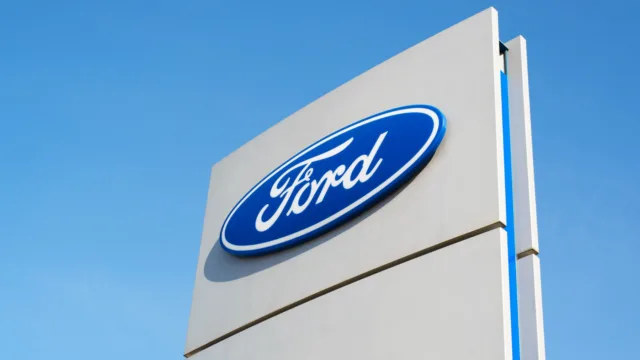
Ford’s CEO Jim Farley doesn’t mince words: the thing that keeps him up at night isn’t just Chinese prices… it’s their pace. After a trip to China and a deep dive inside a BYD factory, Ford’s CEO came home sounding like a man staring at a stopwatch.
Jim Farley vs. the Chinese sprint
Jim Farley built a career on speed. He rose through Toyota and Lexus marketing in the 1990s, revived Ford’s European lineup in the 2010s, and took the big chair in Dearborn in 2020.
Now he’s racing a new kind of rival. In May 2024, he toured Chinese plants and walked away convinced that BYD and peers aren’t merely cheaper or better: they’re faster at everything from design to factory changeovers. “What really keeps me awake is how fast they are,” he told interviewers.
Inside the BYD teardown: cost is king
Back in Michigan, Ford engineers stripped a BYD EV to its last bolt. The verdict? Ruthless cost focus. Lithium‑iron‑phosphate (LFP) batteries instead of pricier nickel chemistries; in‑house cells and electronics so there’s no supplier margin; a chassis with fewer stamped parts.
Jim Farley’s takeaway was simple: “We need smaller plants, less labor and less complexity.” From an economics standpoint, that’s vertical integration plus scale —exactly how you win in a low‑margin business.
Ford’s counterpunch: a skunkworks on a budget
So he decided to green‑lit a California “skunkworks” to build a truly cheap EV. The once‑secret group, led by ex‑Tesla engineer Alan Clarke, has ballooned to roughly 500 people and is targeting an affordable model for 2027.
Axios reports the platform could spawn up to eight body styles, from a midsize pickup to crossovers. To feed it, Ford is standing by a controversial U.S. LFP battery plant aimed squarely at BYD‑level costs.
Here’s the rub: while Jim Farley talks speed, Ford’s EV unit bleeds red ink. The company forecast as much as $5.5 billion in losses for Model e in 2025 —about what it lost last year. The Q1 report showed an $849 million hit in just three months. Every penny shaved off battery packs, inverters and wiring looms isn’t theory; it’s economic survival.
Tariffs buy time, not victory
U.S. tariffs of 100% on Chinese EVs keep BYD’s Seagull out of showrooms for now. But Jim Farley knows policy winds shift. Axios quotes him saying Ford must match costs, not count on customs. If Chinese brands assemble cars in Mexico or source components through third countries, the price war lands on our doorstep anyway.
How does all this international automaker competition affect the average American driver? Well, expect Ford to get simpler. Fewer option packages, shared modules across vehicles, and LFP batteries that trade a bit of winter range for serious savings. If anything, Ford is going to streamline operations to reach efficiency.
If Jim Farley succeeds inhis crusade against BYD, you could buy a U.S.‑branded EV in 2027 for close to today’s compact‑SUV money. The flip side: the rush to cut complexity can trigger quality slips —witness Ford’s recall record in recent years— and the company must keep that in check even as it slashes parts counts.
The stakes for Ford’s legacy
For Jim Farley, this is personal and professional. He staked his tenure on making Ford a credible EV player, then had to pivot from big trucks to smaller, cheaper cars when the math didn’t work. If he can compress development cycles to Chinese speeds and squeeze Detroit’s cost base, he secures Ford’s next century. If not, the BYD teardown becomes the moment we all should have seen coming.
Jim Farley isn’t just sounding alarms, he’s rewriting the whole company. Now the question is how fast Ford can run.









